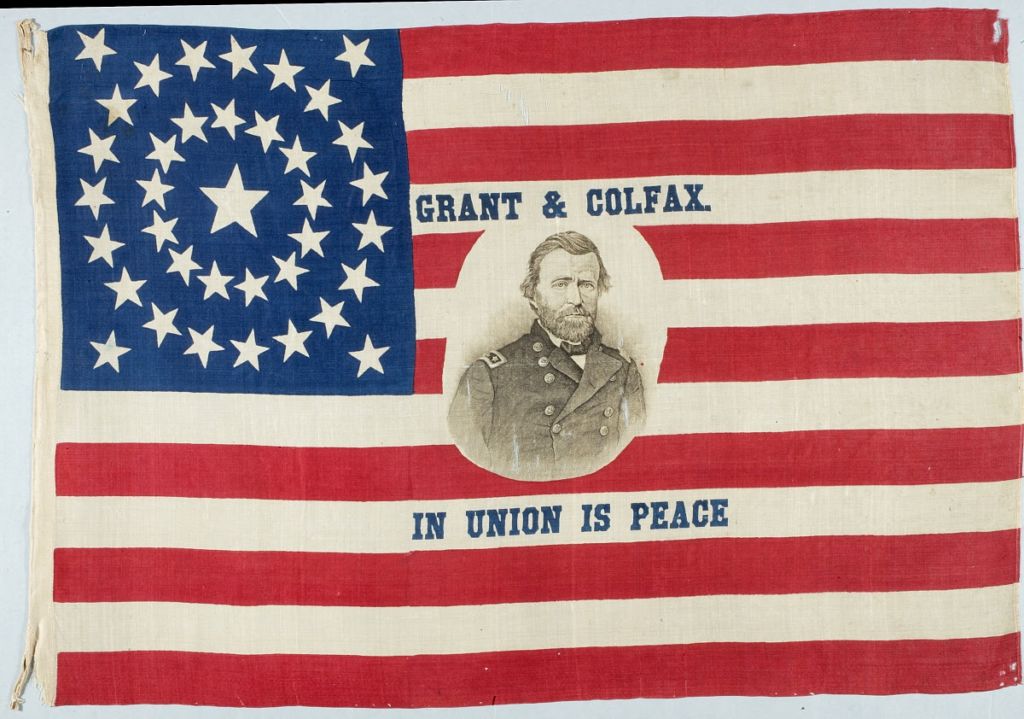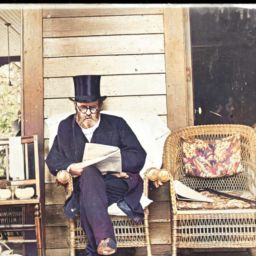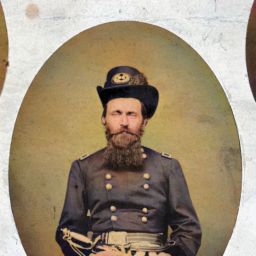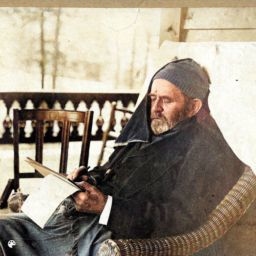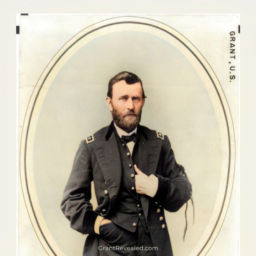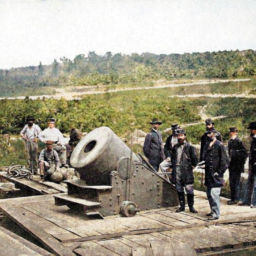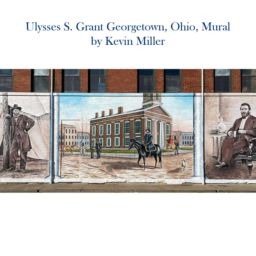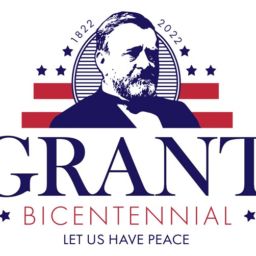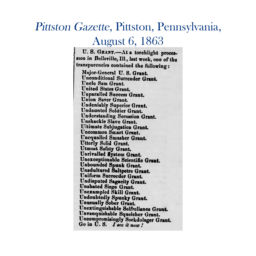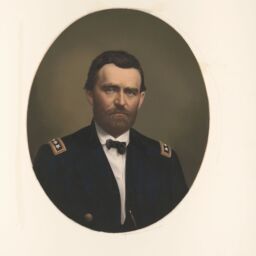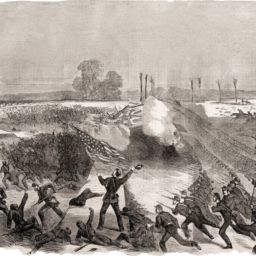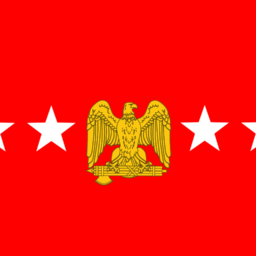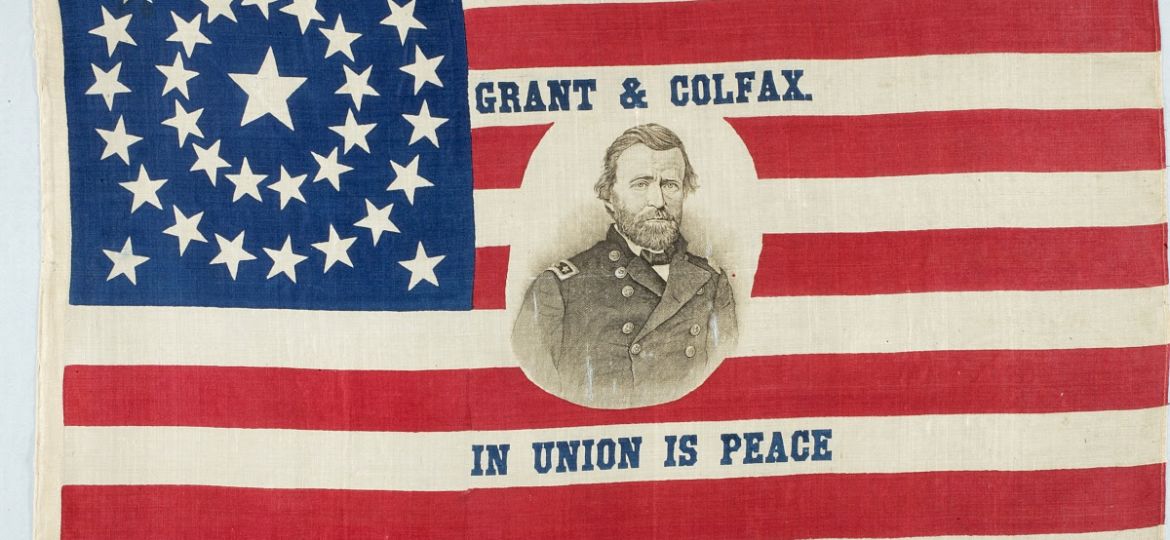
June 14 is Flag Day each year in the U.S.A. It is not a holiday. But as of President Woodrow Wilson’s 1916 proclamation, establishing it officially, Flag Day commemorates the adoption of the national flag of the United States of America on June 14, 1777.
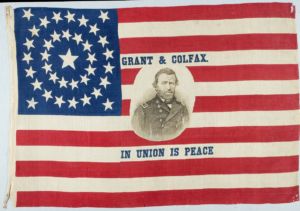
The U.S. flag’s nicknames include “the Stars and Stripes,” “Old Glory,” “the Star-Spangled Banner,” and “the Red, White, and Blue.”
Officially, the U.S. flag’s canton (the top upper quarter) carries its own distinctive name, unlike the cantons of most if not all other nations’ flags that have one. It is referred to as the Union.
The United States Flag Code, first issued on Flag Day, June 14, 1923, most recently promulgated as federal law on August 12, 1998, establishes advisory (not strictly binding) rules for flag etiquette.
Until that time, the exact configuration of the flag’s stars remained unaddressed. Thus, one finds many different star arrangements on 18th- and 19th-century U.S. flags, though some had much greater popularity. It might also be noted that before the American Civil War, it was very rare for the U.S. flag to be flown anywhere except at federal properties.
Today’s flag code elevates the flag’s treatment above what was customary for most of U.S. history. For instance, the code today says that flag should not be used for any manner of advertising whatsoever. But the flag was defaced routinely in the 1800s for political campaigns, especially among Republican Party candidates who often were U.S. Army veterans of the War. It was de facto tradition, really.
I confess to being a flag etiquette stickler.
I strongly dislike seeing a contemporary flag tattered or faded.
I don’t like seeing the flag flown at night without illumination. It’s abandonment.
I hate seeing homes or establishments incorrectly fly it alongside other flags, sometimes utterly trivial ones, like a sports team flag. In such instances, the U.S. flag should be on the viewer’s left and never smaller than the other flags. Really, it also should be elevated over other flags that aren’t state or other national flags. No foreign national or other foreign flag should be flown or hung alone in public, but only also with the U.S. flag displayed correctly.
Earlier this month, in the Baltimore area, I three times saw the U.S. flag being flown upside down in at least two utterly unwarranted situations. One was outside of a private residence. (I’ve no idea what was going on inside, but it was not likely, say, a hostage situation.) Twice flown on a private vehicle. That infuriated me. I presume it is some manner of obtuse political statement.
The U.S. flag should never be displayed upside down except to signal that you or you and others with you require assistance, in effect that emergency services—firefighters, the police, the Coast Guard, etc.—should be notified.
Please refrain from inverting Old Glory from your air-conditioned car in route to the grocery store or in front of your comfy suburban abode just because you’re miffed about something political. You are cheapening the flag and diluting a signal of distress.
